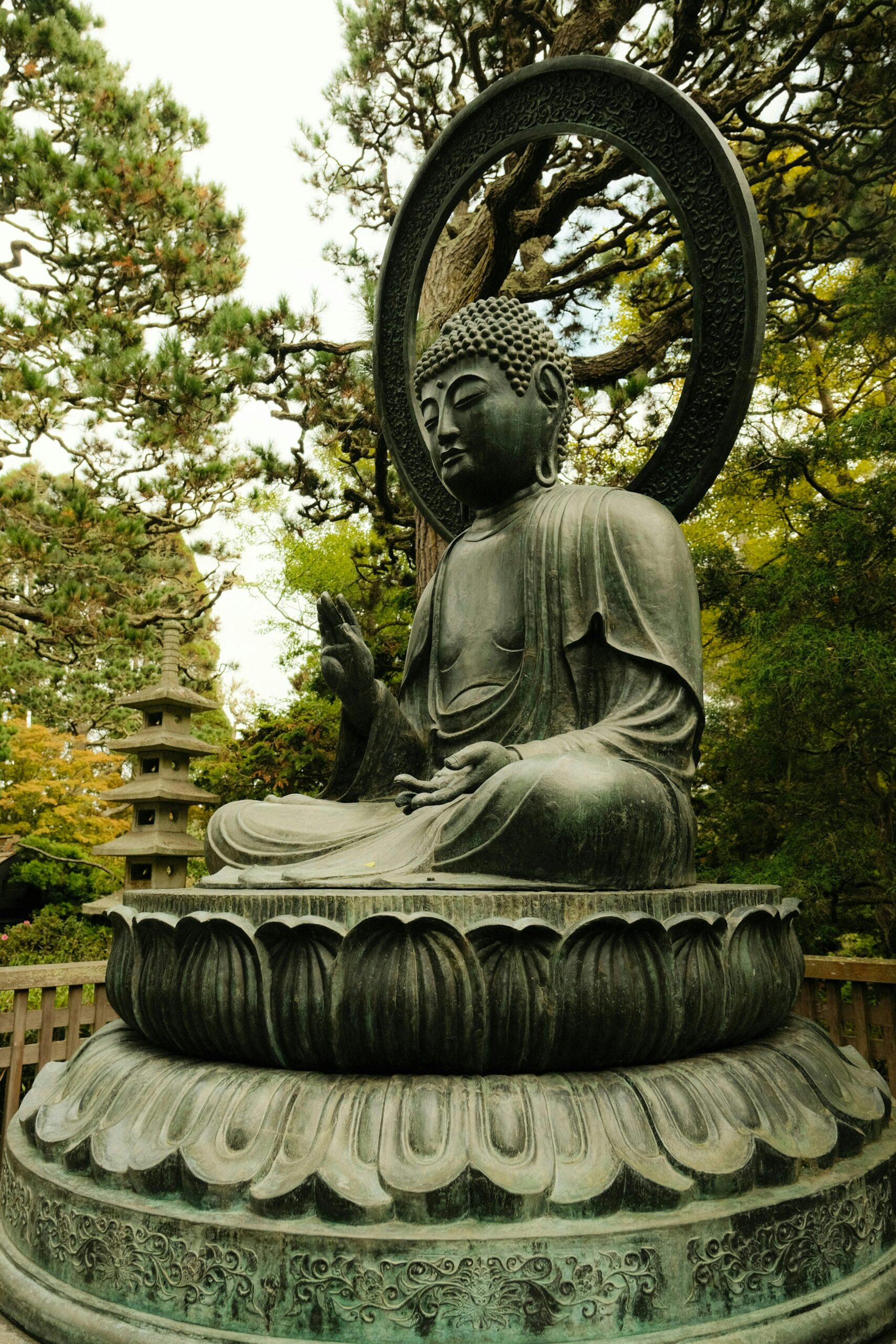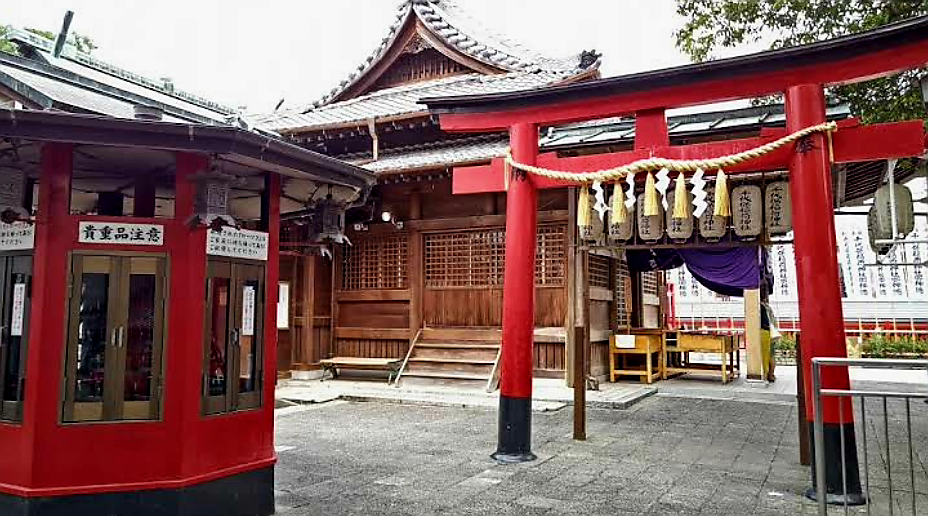Category: Life in Japan
-
Pocky Day in Japan – Sweet Moments on November 11
Celebrate Japan’s Pocky Day on November 11! Learn the story behind this fun snack holiday and my favorite Almond Crush flavor from Glico.
Written by

-
A Gentle Escape to Fukui: Camping by the Sea, Local Flavors, and the Beauty of Mikata Lakes
There’s something about the sea that instantly softens your mind.It might be the sound of waves, the cool air brushing against your face, or the slow rhythm that reminds you to pause.Our short trip to Fukui Prefecture had all of that — quiet mornings, coastal views, warm food, and a little bit of adventure. It…
Written by
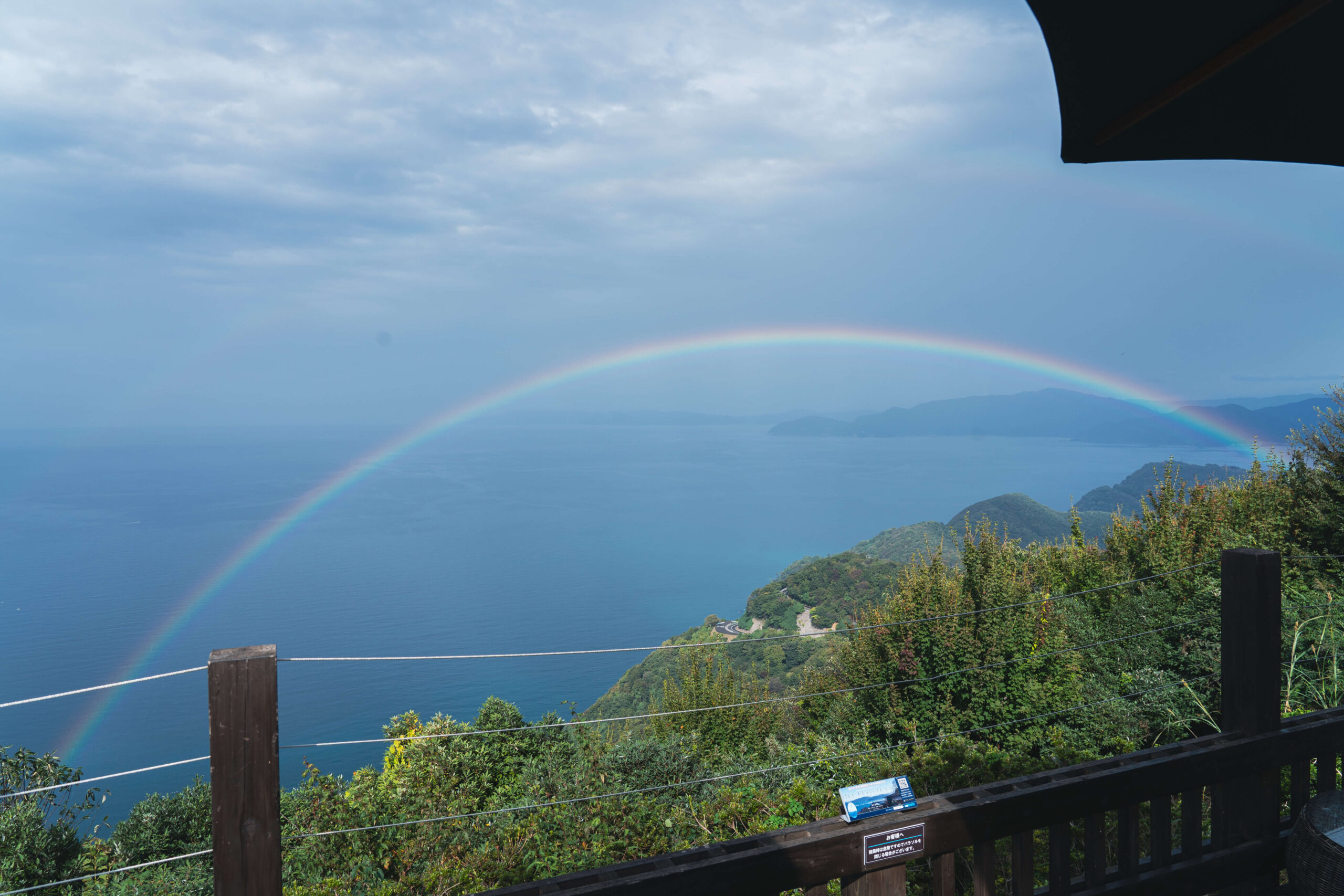
-
A Gentle Autumn Day Trip to Nagoya: Our Relaxed Journey from Gifu
A personal yet practical guide to an ideal autumn day trip from Gifu to Nagoya — exploring Sakae, Nagoya Castle, Osu Kannon Temple, and café moments along the way. Includes itinerary, local tips, and must-try Nagoya dishes.
Written by
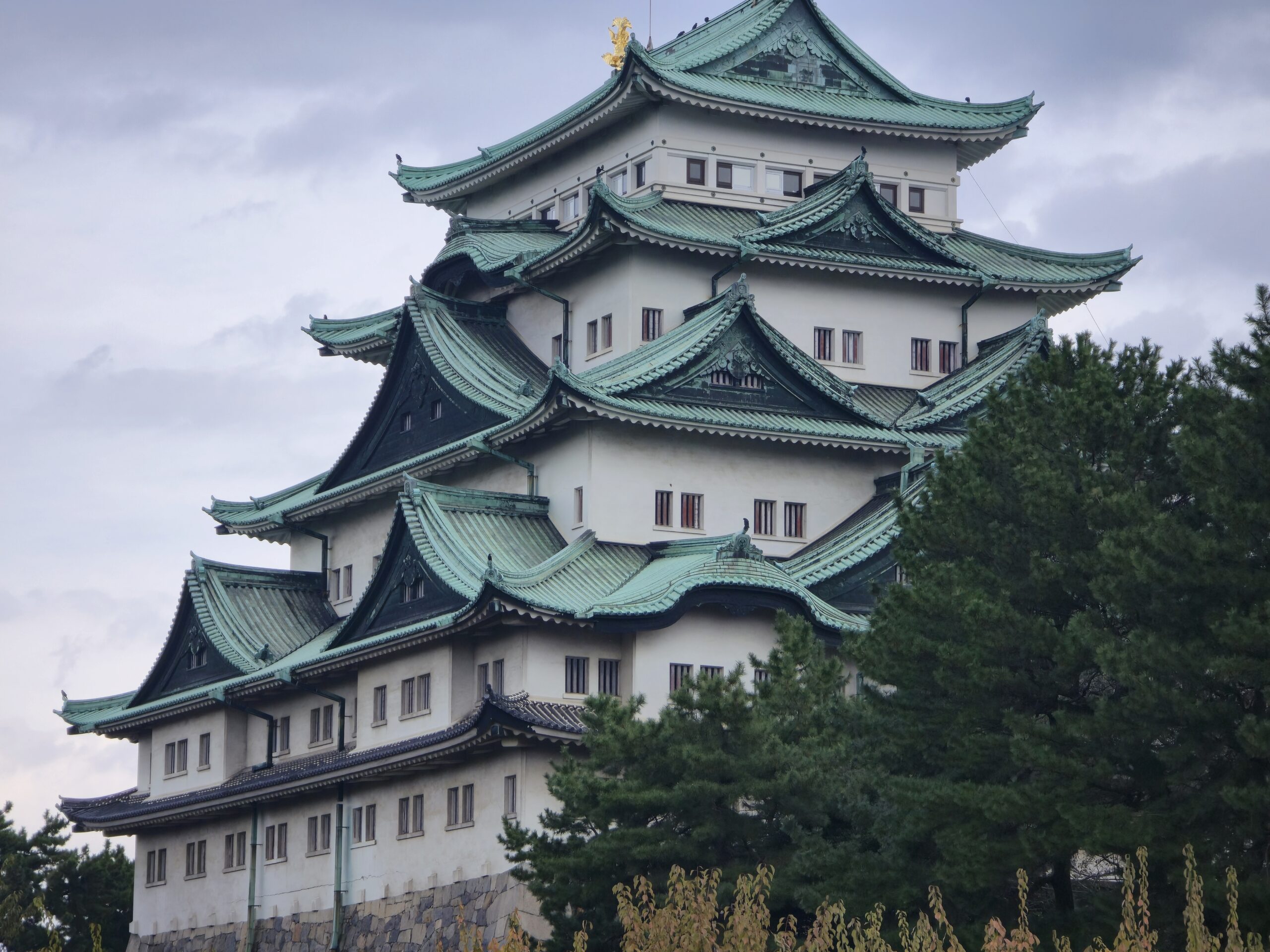
-
Visiting a Japanese Home: Modern Etiquette, Phrases, and Acts of Respect You Should Know
Visiting a Japanese home is more than just a social visit — it’s a gentle exchange of trust and kindness. From saying ojamashimasu at the door to offering a small gift and accepting tea politely, every action carries quiet meaning. In this post, I share what I’ve learned — the modern manners, useful Japanese phrases,…
Written by
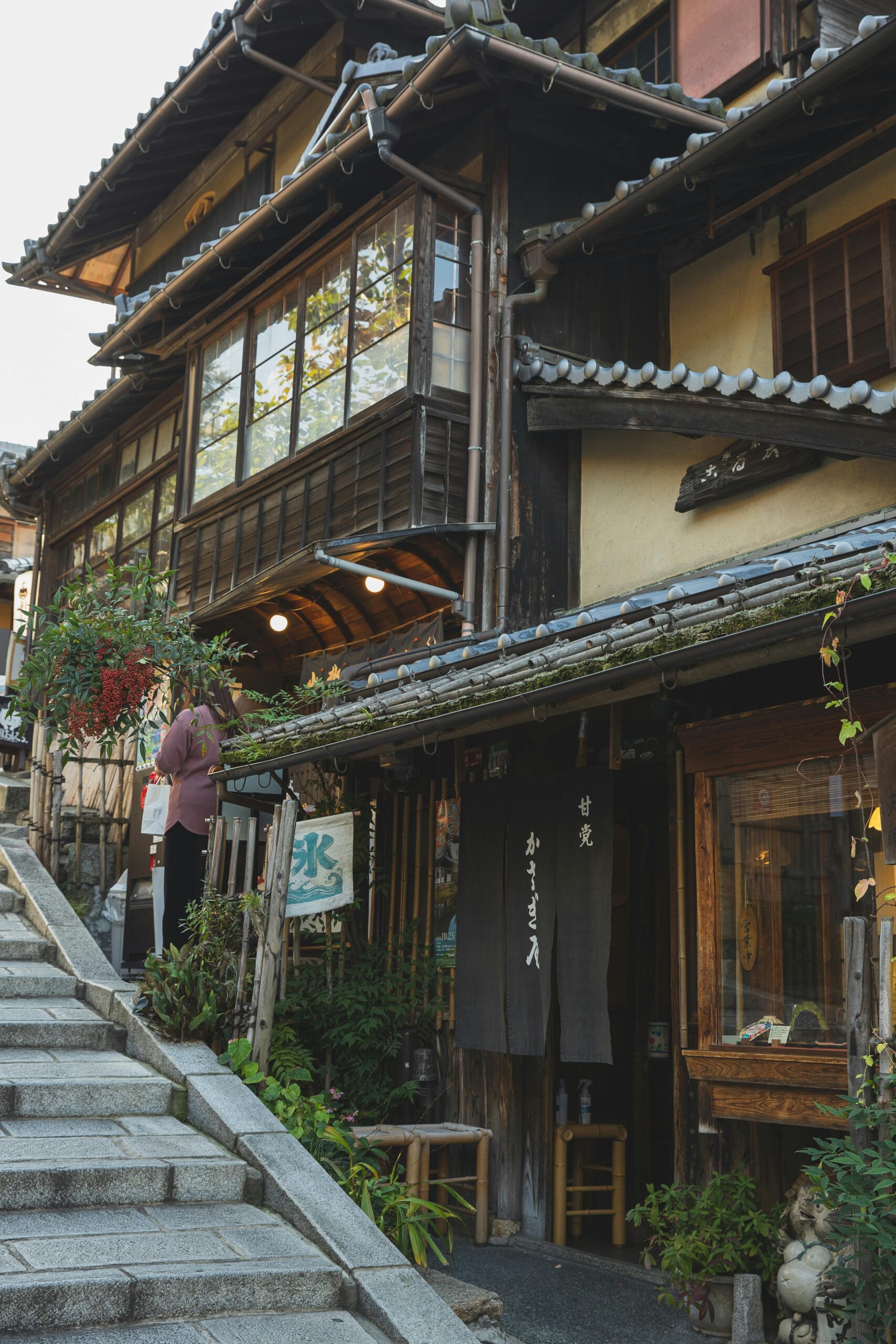
-
Useful Japanese Phrases I Use Every Day at Work
From “ohayou gozaimasu” to “otsukaresama desu,” my day as a caregiver in Japan is filled with gentle phrases that show teamwork, care, and respect.
Written by

-
What Is a “Day Service” in Japan?
Every day service in Japan is unique — each with its own rhythm and personality. Here’s what daily life looks like at the warm, café-style day service where I work in Gifu.
Written by
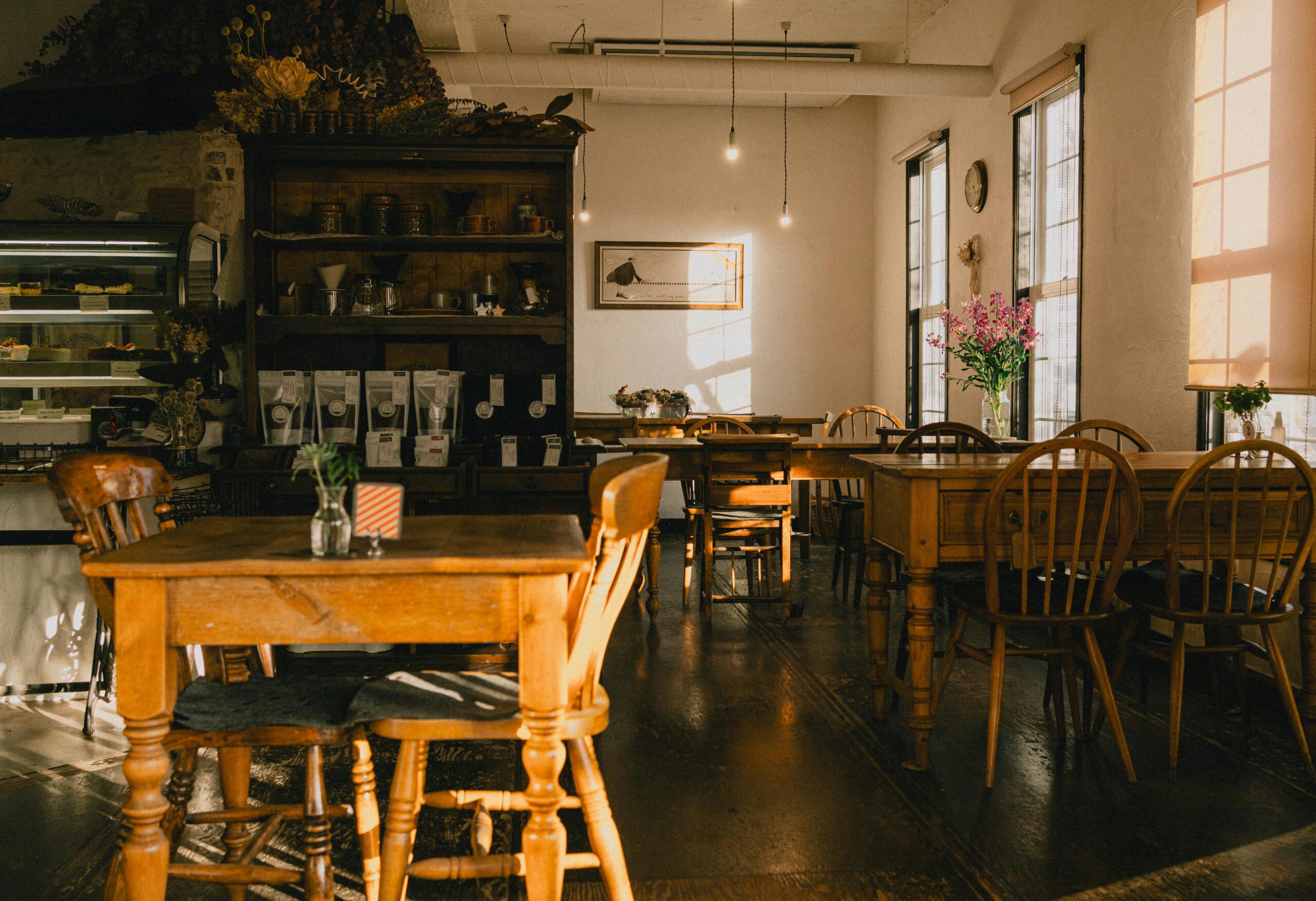
-
How I Got My Caregiver Job in Japan
From Chicago nurse to Gifu caregiver — this is how I found my first caregiving job in Japan. It wasn’t easy, but it became one of the most meaningful choices of my life.
Written by

-
Understanding “気分転換 (Kibun Tenkan)” — The Japanese Art of Refreshing the Mind
In Japan, kibun tenkan means taking a gentle pause to refresh your mood. Through my caregiving work and daily life, I’ve learned that even a small moment — a walk, a cup of tea, a quiet breath — can change everything.
Written by

-
Osewa ni Natte Orimasu” Meaning and Usage — How to Use Japan’s Polite Expression of Gratitude
In Japan, you’ll often hear the phrase “Osewa ni natte orimasu.” It’s more than just “thank you” — it reflects gratitude, humility, and the value of human connection. Here’s what it really means and how to use it naturally in daily life and work.
Written by
